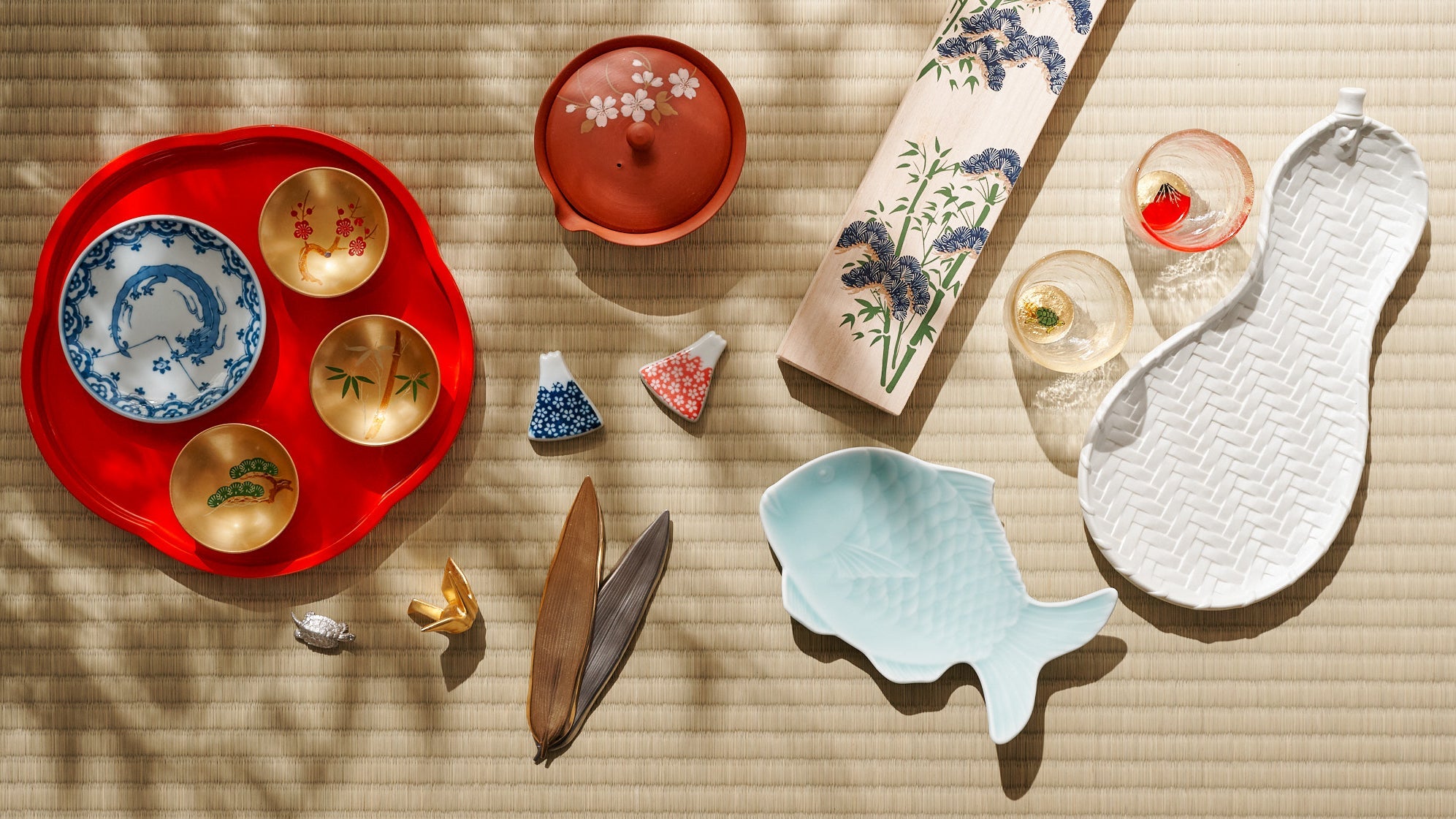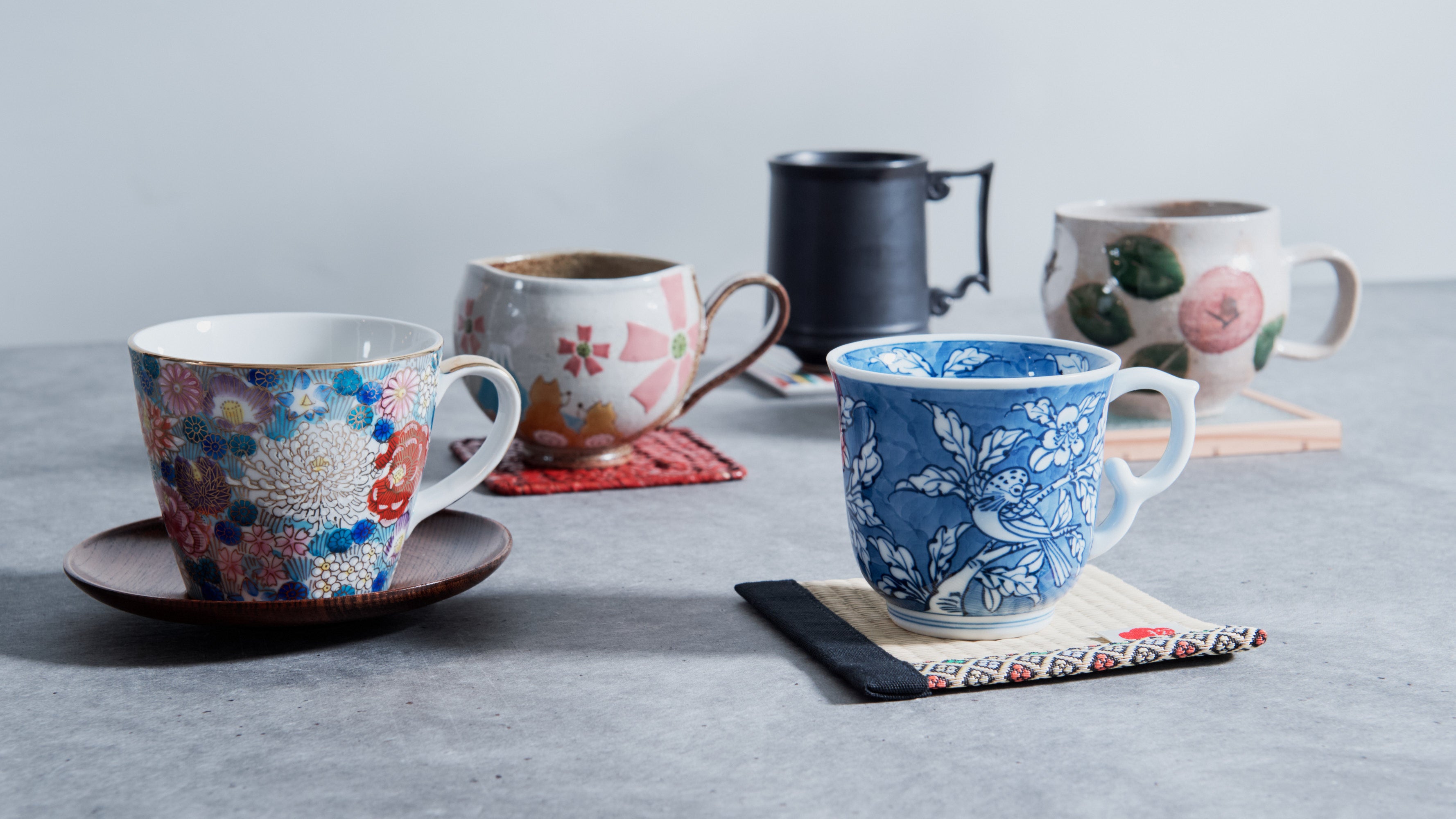
Where Edo’s Flavors Linger: Visiting Kakuyama Honten in Tsukiji
Written by Team MUSUBI
Have you ever heard of nama-fu, or fresh wheat gluten, a traditional Japanese food that’s deeply rooted in Edo period (1603–1868 CE) culinary culture? Belonging to a category of wheat gluten foods called fu, nama-fu’s chewy and elastic texture makes it a beloved ingredient in shojin ryori (Buddhist vegetarian cuisine) and kaiseki meals. While Kyoto is famous for its nama-fu, Tokyo has its own unique style and method of making it. In this article, we visit Kakuyama Honten, a long-standing shop in Tsukiji, Tokyo, to explore the fascinating process of how this traditional food is made.

Table of contents
About Kakuyama Honten

Nestled in the heart of Tsukiji and founded in 1924, Kakuyama Honten is a store specializing in nama-fu and yuba, known in English as tofu skin or bean curd skin. Originally the store catered to professional chefs visiting Tsukiji Market, offering wholesale Edo-style tsuto-fu, a traditional style of nama-fu that comes in a roll shape.
As the demand for Kyoto cuisine in Tokyo grew, the shop began producing Kyoto-style nama-fu and yuba as well, inviting skilled artisans from Kyoto to refine their techniques. Over the years, it has become one of Tokyo's leading specialty stores. Today, the shop also welcomes the general public. With its impressive wooden signboard, it draws early-morning visitors eager to browse the colorful array of products neatly lined up inside.
We were warmly welcomed by the owner, Kakuyama Koichi, who straight away showed us back into the workshop.
The Making of Edo-Style Tsuto-Fu

We had the opportunity to observe the making of traditional Edo-style tsuto-fu. A highly nutritious food, tsuto-fu—like any kind of fu—is made from gluten, a high-quality plant protein that is extracted from wheat. The gluten is combined with glutinous rice flour to form a base material. That mixture is then kneaded together with ingredients for flavor such as yomogi, Japanese mugwort.
Kakuyama Honten is one of the few shops in Tsukiji that makes its own Edo-style tsuto-fu. We stepped into the workshop and were immediately enveloped in cool, humid air. Amidst a billowing aroma, five artisans worked at a nearby table, each at their own work station.
Let’s walk through the production process of Edo-style tsuto-fu. Kakuyama Honten is particularly skilled at kneading wheat gluten and glutinous rice flour together to develop a delicious elasticity in their freshly made tsuto-fu.
1. Extracting Gluten from Wheat Flour

The first step is to extract the gluten from the wheat flour. The cool air and chilled water of the production area create a brisk atmosphere. Next to a large machine, artisans skillfully add water to the wheat flour while repeatedly kneading and washing the dough until the starch is washed out. Unlike bread-making, the goal here is to isolate the gluten itself. Water temperature and pressure are managed by the seasoned hands of the artisans, who must continually adjust based on the season and humidity. The process is quiet yet intense, the manual work progressing alongside the sound of machines humming steadily in the background.
2. Mixing with Glutinous Rice Flour


Next, the extracted gluten is mixed with glutinous rice flour and kneaded again, this time with a machine. As the dough becomes smooth and shiny, clinging to the palm of the hand, the craftspeople check it by feel to determine its readiness. The machine used for this step is said to be extremely rare, and almost no one else uses the same one. If it were to break, repairs would be nearly impossible. Kakuyama told us with a rueful laugh that if that happens, they would have no choice but to borrow a machine from a relative in the same business.

3. Dividing the Dough
The glossy completed dough is then quickly portioned into round balls. On the worktable, artisans weigh each piece precisely and place them evenly in rows. Over time, the balls begin to flatten slightly—an interesting transformation. The neat alignment of the dough reflects the discipline and rhythm of the workshop.


4. Shaping and Salting
Once the dough has settled, it is gently shaped into sticks. As the dough is pulled by hand into uniform cylinders, the necessary amount of salt is added. Salt is not merely a flavor enhancer—it plays a crucial role in giving the finished fresh fu its elasticity and strength. Even a tiny variation in amount can change the final chewiness, so there is no room for error in shaping the dough. The craftspeople rely on their experience to perfect it.

5. Boiling Slowly

The shaped dough is then rolled up in bamboo mats and boiled in large kettles. One artisan keeps a constant watch to ensure the temperature is just right—too hot and the dough will expand too much; too low and it will remain tough. Subtle adjustments to boiling time and fire intensity are absolutely necessary. The craftsperson tracks with their eyes the dance of the fu within the bamboo mats, using their impeccable sense of timing to pull the finished fu from the hot water. Their acute intuition, refined through years of practice, is a sight to see.
6. Cooling and Resting

After boiling, the nama-fu is transferred to a tank of cold water to cool. The fresh wheat gluten now holds the distinct shape of Edo tsuto-fu, thanks to being boiled in the bamboo mats. Though the mats are heavy with heat and water, the artisans lift them effortlessly and place them into the cooling basin. This process enhances the texture and gives the fu its smooth chewiness. Afterward, it is set to rest for a specific time to deepen the flavor, resulting in the gentle taste that’s a signature of Edo tsuto-fu. Interestingly, the cooling and resting steps are typically assigned to new trainees, but the precision with which they work reflects their growing professionalism.

Each of these six steps contributes to the creation of Edo-style tsuto-fu.
Although each artisan has a specific role, teamwork is essential. They communicate constantly to prevent mistakes and ensure smooth operation. Every artisan is trained in all stages of the process so that even if someone is absent, production can continue without falling behind.

Preserving the Legacy of Fu

“Preserving tradition is important, but what’s more difficult is adapting that tradition to modern times,” says Kakuyama.
Despite long being a staple of Japanese cuisine, nama-fu is unfamiliar to many younger generations, who might only know the dried, shelf-stable version found in grocery stores. To bridge this gap, Kakuyama Honten places importance on a flexible approach.
One of their initiatives is to move the shop to a new location where the use of machines will be incorporated into the production process. Currently, artisans begin their day around 4 a.m., which becomes harder with age. Streamlining the process is a necessary step forward.
“We’ve always done it by hand, so it’s not clear whether machines can replicate the same flavor—but we have to try.” Kakuyama's words reflect a quiet but determined commitment to the future of nama-fu.

Daily adjustments are key to maintaining quality. “Even a slight change in moisture or kneading really affects the texture. Temperature and humidity impact the results, so it’s a balancing act of constant subtle adjustments. The quality of the wheat flour also affects color and taste, so you have to be sensitive in choosing ingredients.” Kakuyama looks after the gluten as if it were his child. If he’s even a little worried about the air temperature, he’ll visit the workshop even on his day off.
The tsuto-fu made at Kakuyama Honten is a product of Edo ingenuity.
“Tsuto-fu was created in the Edo period as an attempt to replicate Kyoto-style nama-fu, only without access to today’s internet or books. I can’t help but be impressed by the inventiveness and creativity of our predecessors in replicating those flavors,” Kakuyama says.
Even on the dining tables of today, nama-fu can be enjoyed in a wide variety of dishes. Online, you’ll find recipes using it in seafood salads, marinades, or gratins. It’s also filling and a great option for those watching their diet.
When asked about his personal motto, Kakuyama replied: “With all my might. With all my heart.” His sincere devotion to his daily craft, as well as his willingness to step into the future while still honoring tradition were deeply inspiring.
Vibrant Fu to Brighten Your Table
Fu sometimes makes an appearance in MUSUBI KILN’s table settings. Kakuyama Honten doesn’t just offer traditional tsuto-fu, but also an impressive lineup of decorative fu with fun, bright appearances.
For example, decorative “four seasons” fu. During our March visit, spring-themed varieties were on display, such as diamond-shaped fu for Girls Day, cherry blossom fu, sanshoku dango fu (with the pink, green, and white color scheme of the famous mochi dumplings), tachibana orange fu, peach-shaped fu, and on and on. Each one was so beautifully formed, shaped down to the smallest detail, that they felt almost too pretty to eat.

When sliced in a cross-section, their Spring Flower Fu reveals a cherry blossom shape, perfect for instantly vivifying dishes like hot pots, stews, soups, and chawanmushi. With this, not only can fu bring out the flavors of food, but also add a colorful seasonal flair.
Another great feature is their shelf life—four days in the fridge or six months in the freezer. Because nama-fu is a fresh product, refrigeration is recommended, and if not used soon, freezing is ideal. Thaw it in the fridge overnight or leave at room temperature for 1–2 hours before cooking to bring back its chewy texture.
Enjoying Fu in Everyday Life
Although we couldn't taste the freshly made tsuto-fu at the workshop the day of our visit, we heard about a simmered tsuto-fu dish sold at Mitsukoshi Nihombashi. Since we were in the area for another story about bento, we stopped in at Mitsukoshi for a taste. The tsuto-fu’s tender, flavorful chew was a delight, free of any floury aftertaste. It was fully suffused with a delicious savory-sweet taste, which paired wonderfully with rice. It was a nostalgic yet elegant experience.
Thanks to being chewy and soft, but not sticky, nama-fu doesn’t get caught in the throat, making it suitable even for the elderly. Its softness remains for a long time after being heated, so some people even use it in parfaits as a substitute for shiratama rice dumplings.
With a perfect balance of tradition and modern living, the nama-fu and decorative fu from Kakuyama Honten bring not only beauty and flavor to the table but also a sense of seasonal charm and joy. Why not try adding a touch of fu to your everyday meals and discover your own way to enjoy this remarkable food?
Kakuyama Honten
6 Chome−21−1, Tsukiji, Chuo City, Tokyo









Leave a comment
This site is protected by hCaptcha and the hCaptcha Privacy Policy and Terms of Service apply.